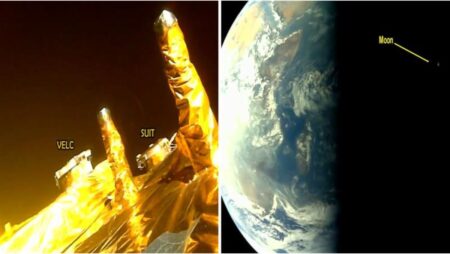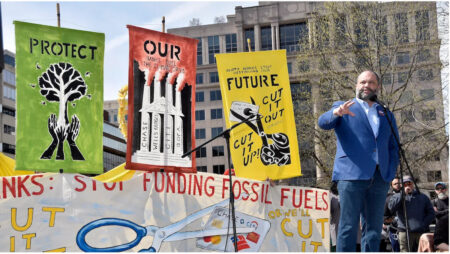Chemical separation procedures, such as natural gas purification and oxygen and nitrogen generation for medical and industrial uses, consume roughly 15% of global energy. They also contribute to global greenhouse gas emissions. Researchers at MIT and Stanford University have invented a novel membrane that uses a fraction of the energy and emits a fraction of the emissions.
There has always been a compromise between permeability—how fast gases can travel through the material—and selectivity—the capacity to let selected molecules enter while blocking all others. The new membrane materials, based on “hydrocarbon ladder” polymers, provide both excellent permeability and selectivity, the researchers claim.
Scientists from Stanford, MIT, King Abdullah University of Science and Technology, and other institutions announced the findings in the journal Science.
Apart from filtering impurities and undesirable substances from natural gas or biogas, it is also used to extract oxygen and nitrogen from the air for medicinal and industrial reasons, separate CO2 from other gases for carbon capture, and produce hydrogen for use as a carbon-free transportation fuel. The novel ladder polymer membranes may significantly improve separation performance.
These novel membranes offer five times the selectivity and 100 times the permeability of conventional cellulosic membranes for separating CO2 from methane. They are also 100 times more permeable and three times more selective than methane.
Polymers created by the Xia lab are known as ladder polymers because they are made up of double strands joined by rung-like connections, which give the polymer a high degree of rigidity and stability. The Xia lab-created CANAL, an acronym for catalytic arene-norbornene annulation, which weaves widely available chemicals into ladder structures with hundreds or even thousands of rungs.
The polymers are produced in a solution and then cast into a thin sheet with sub-nanometer-scale holes. The size of the resulting pores is controlled by the hydrocarbon starting components. These chemical building elements enabled Xia to create rigid ladder polymers in various forms.
Using CANAL polymers as selective membranes required Xia’s polymer expertise and Smith’s membrane research expertise. Holden Lai, a former Stanford PhD student, developed and studied how their shapes affect gas penetration capabilities. “It took us eight years to create the correct polymer architectures with good separation performance,” Xia explains.
The Xia lab has spent years experimenting with CANAL polymer architectures to see how they affect separation performance. Adding links to their original CANAL polymers enhanced mechanical resilience and selectivity for molecules of similar sizes, such as oxygen and nitrogen gases, without compromising permeability. The material’s selectivity improves with age. These materials beat all other polymers in numerous gas separation applications, the researchers claim.
Smith claims that chemical separation procedures utilize 15% of world energy and are “frequently based on century-old technologies.” “They work well, but they produce a huge carbon footprint and use a lot of energy. The current issue is to replace non-sustainable practices.” Most of these processes require high temperatures to boil and reboil solutions, making them difficult to electrify.
According to him, the size difference between oxygen and nitrogen molecules is only 0.18 angstroms (ten billionths of a meter). Making a filter that can efficiently separate them “without reducing throughput” is tricky. The new ladder polymers produce tiny pores with high selectivity when made into membranes, he claims. Despite the razor-thin screen required to access this size selectivity, 10 oxygen molecules infiltrate for every nitrogen. Smith claims these new membrane materials have “the best combination of permeability and selectivity of all known polymeric materials.”
“Canal polymers are robust and ductile, and they are soluble in certain solvents,” he says. The Engine is helping to market a technology developed by the authors of this study, Osmoses, an MIT spinoff firm.
Smith thinks these materials might be used in chemical processes to reduce emissions by separating carbon dioxide from other gas mixes. Purification of biogas produced from agricultural waste items could also supply carbon-free transportation fuel. A more efficient hydrogen separation process could assist accelerate the transition to a hydrogen-based economy.
The small research team is working to improve the method and better understand how the macromolecular architectures and packing result in ultrahigh selectivity. Smith expects this
platform technology to be used in numerous decarbonization paths, starting with hydrogen separation and carbon capture.
The research team includes Stanford’s Jun Myun Ahn and Ashley Robinson, MIT’s Francesco Benedetti, now CEO of Osmoses, and King Abdullah University of Science and Technology’s Yingge Wang.
Published By :- Tarsem Singh
Edited By :- Khushi Thakur













